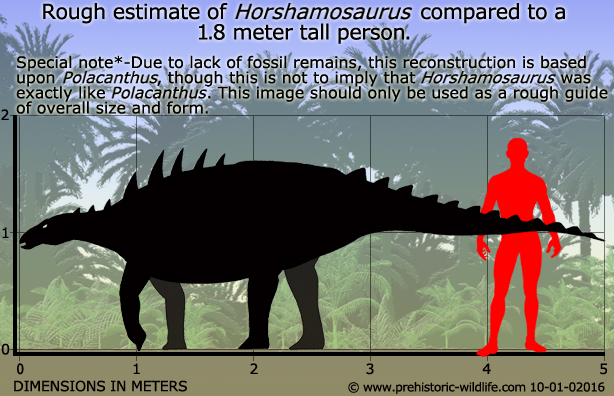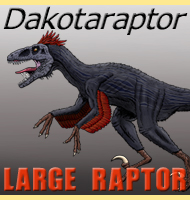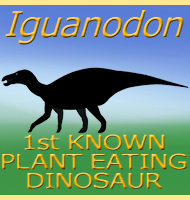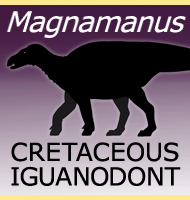


Horshamosaurus

Name:
Horshamosaurus
(Horsham lizard).
Phonetic: Hor-sham-o-sore-us.
Named By: William T. Blows - 2015.
Synonyms: Polacanthus rudgwickensis.
Classification: Chordata, Reptilia, Dinosauria,
Ornithischia, Thyreophora, Ankylosauria.
Species: H. rudgwickensis
(type).
Diet: Herbivore.
Size: Roughly estimated at about 5 meters long.
Known locations: England - Weald Clay Formation.
Time period: Barremian of the Cretaceous.
Fossil representation: Partial post cranial skeletal
remains including limb bones vertebrae ribs and armour plates.
When fossils of Horshamosaurus were first discovered they were originally interpreted as coming from Iguanodon, but in 1996 they were re-described as a species of Polacanthus by William Blows. However in 2015 Blows re-described this species as a whole new genus named Horshamosaurus, citing clear differences in the vertebrae and armour. At the time of writing Horshamosaurus is credited as being a member of the Ankylosauria, though not necessarily a close relative of Polacanthus. Unfortunately the incomplete preservation of remains makes a more certain distinction hard to establish, and currently most reconstructions of Horshamosaurus have the genus as Polacanthus-like given we know that these types of thyreophoran dinosaurs were common in the world during the early Cretaceous. Horshamosaurus itself would have been a browser of low growing vegetation that relied upon thick bony scales called osteoderms to protect it from the teeth and claws of predatory dinosaurs.
Further reading
- A new species of Polacanthus (Ornithischia;
Ankylosauria)
from the Lower Cretaceous of Sussex, England. - Geological
Magazine, 133 (6): 671–682. - William T. Blows -
1996.
- British Polacanthid Dinosaurs - Observations on the History and
Palaeontology of the UK Polacanthid Armoured Dinosaurs and their
Relatives. - Siri Scientific Press, 220 pp. - William T.
Blows - 2015.
----------------------------------------------------------------------------
Random favourites
 |
 |
 |
 |




